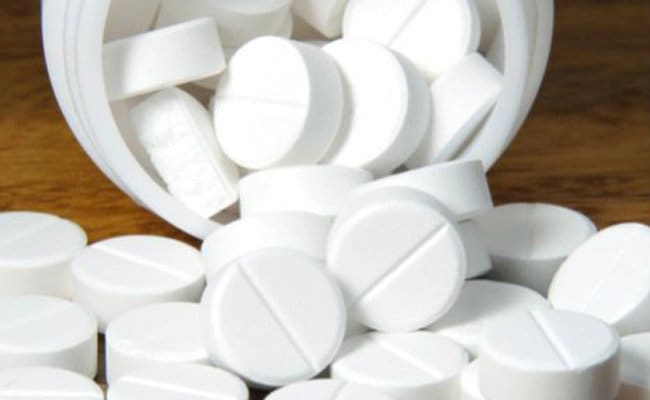
Representational Image.
London:
Scientists have discovered a potential recipe for painlessness in humans, by using mice genetically modified to lack a nerve channel that enables people and animals to feel pain.
'Channels' that allow messages to pass along nerve cell membranes are vital for electrical signalling in the nervous system.
The sodium channel Nav1.7 is particularly important for signalling in pain pathways and people born with non-functioning Nav1.7 do not feel pain.
The study, which made use of 'transgenic' mice - mice that are modified to carry genetic material from another organism - found that mice and people who lack Nav1.7 also produce higher than normal levels of natural opioid peptides.
To examine if opioids were important for painlessness, the researchers gave naloxone, an opioid blocker, to mice lacking Nav1.7 and found that they were able to feel pain.
They then gave naloxone to a woman with the rare genetic mutation and she felt pain for the first time in her life.
"After a decade of rather disappointing drug trials, we now have confirmation that Nav1.7 really is a key element in human pain," said John Wood, a professor at the University college London (UCL).
"The secret ingredient turned out to be good old-fashioned opioid peptides, and we have now filed a patent for combining low dose opioids with Nav1.7 blockers. This should replicate the painlessness experienced by people with rare mutations, and we have already successfully tested this approach in unmodified mice," Wood said.
Broad-spectrum sodium channel blockers are used as local anaesthetics, but they are not suitable for long-term pain management as they cause complete numbness and can have serious side-effects over time.
Opioid painkillers such as morphine are highly effective at reducing pain, but long-term use can lead to dependence and tolerance.
As the body becomes used to the drug it becomes less effective so higher doses are needed for the same effect, side effects become more severe, and eventually it stops working altogether.
"Used in combination with Nav1.7 blockers, the dose of opioid needed to prevent pain is very low," Wood added.
The findings were published in the journal Nature Communications.
'Channels' that allow messages to pass along nerve cell membranes are vital for electrical signalling in the nervous system.
The sodium channel Nav1.7 is particularly important for signalling in pain pathways and people born with non-functioning Nav1.7 do not feel pain.
The study, which made use of 'transgenic' mice - mice that are modified to carry genetic material from another organism - found that mice and people who lack Nav1.7 also produce higher than normal levels of natural opioid peptides.
To examine if opioids were important for painlessness, the researchers gave naloxone, an opioid blocker, to mice lacking Nav1.7 and found that they were able to feel pain.
They then gave naloxone to a woman with the rare genetic mutation and she felt pain for the first time in her life.
"After a decade of rather disappointing drug trials, we now have confirmation that Nav1.7 really is a key element in human pain," said John Wood, a professor at the University college London (UCL).
"The secret ingredient turned out to be good old-fashioned opioid peptides, and we have now filed a patent for combining low dose opioids with Nav1.7 blockers. This should replicate the painlessness experienced by people with rare mutations, and we have already successfully tested this approach in unmodified mice," Wood said.
Broad-spectrum sodium channel blockers are used as local anaesthetics, but they are not suitable for long-term pain management as they cause complete numbness and can have serious side-effects over time.
Opioid painkillers such as morphine are highly effective at reducing pain, but long-term use can lead to dependence and tolerance.
As the body becomes used to the drug it becomes less effective so higher doses are needed for the same effect, side effects become more severe, and eventually it stops working altogether.
"Used in combination with Nav1.7 blockers, the dose of opioid needed to prevent pain is very low," Wood added.
The findings were published in the journal Nature Communications.
Track Latest News Live on NDTV.com and get news updates from India and around the world

